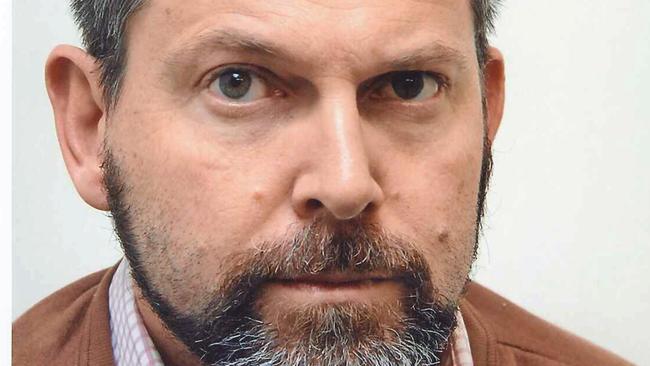DPP lodges submission to have Gerard Baden-Clay’s previous murder conviction reinstated
QUEENSLAND’S DPP has lodged an application to have Gerard Baden-Clay’s murder conviction reinstated.

GERARD Baden-Clay’s desire to be with his mistress was enough motive for him to intentionally kill his wife, Queensland’s director of public prosecutions says.
The DPP has applied to have Baden-Clay’s murder conviction reinstated after it was controversially downgraded to manslaughter in a Court of Appeal decision in December.
In documents submitted late yesterday, Michael Byrne QC, from the DPP, outlined the Crown’s summary of why the High Court should return the murder conviction over the 2012 death of Allison Baden-Clay.
These documents claim the Queensland court made a mistake in finding evidence of Baden-Clay’s lies, disguised wounds — including infamous scratch-like marks on his face — and disposal of his wife’s body at Kholo Creek in Brisbane was “intractably neutral” when it came to establishing intent.
“The jury could not properly have been satisfied beyond reasonable doubt that the element of intent to kill or do grievous bodily harm had been proved without first considering the significance of that evidence in the context of the other evidence in the case,” the documents say.
The application claims the court also made a mistake in concluding there was no evidence of a relevant motive, as well as in adopting a piecemeal approach to evidence about Baden-Clay lying about his facial injuries and the disposal of Allison’s body.

According to the DPP, such an approach was wrong in principle and the High Court must consider how other evidence was, in turn, considered in a “vacuum”.
One of the most notable arguments outlined in the application was that Baden-Clay, who was having an affair, was desperate to get rid of his wife.
“The yearning of a man to be with another woman has for a long time been regarded as relevant to the question of intent,” the application says.
“His false denials, in evidence, of any intention to leave his wife could be regarded by a jury as strengthening a conclusion that he really did mean one day to (be free of Allison).
“This is evidence of motive and is, therefore, a matter from which a jury might infer intention.”
The application goes on to describe his subsequent conduct as “disproportionate” to the guilt of a man who has unintentionally killed his wife.

“He got rid of the primary evidence, the body of his wife, by driving it 13km away and dumping it in mud under a bridge in a most cold-blooded way,” the documents said.
“He put on fake concern about his wife and play-acted that concern by sending texts to a phone he knew she would never answer.”
It argues Baden-Clay’s attempts to conceal his ongoing affair to police just after Allison’s death was significant because it meant one could infer the killing and the extramarital tryst were linked.
“It intensified the significance of the motive to get rid of his wife,” the document read.
“As was once said of a murderer in a circumstantial case, he may not have intended to show his hand as a murderer, but he may just have done that.”
The application requests the Court of Appeal outcome be set aside or dismissed and a High Court appeal be heard.
Baden-Clay’s defence team has 21 days to lodge a response.
The salesman, who had two children with Allison, reported her missing in April 2012 and her body was found 10 days later beside a creek.
In 2014, he was found guilty of her murder and sentenced to life in prison.
But in a sensational move that sparked a national outcry in December, appeal judges set aside the conviction and replaced it with manslaughter, saying it had not been proven beyond reasonable doubt the 45-year-old intended to kill his wife.



